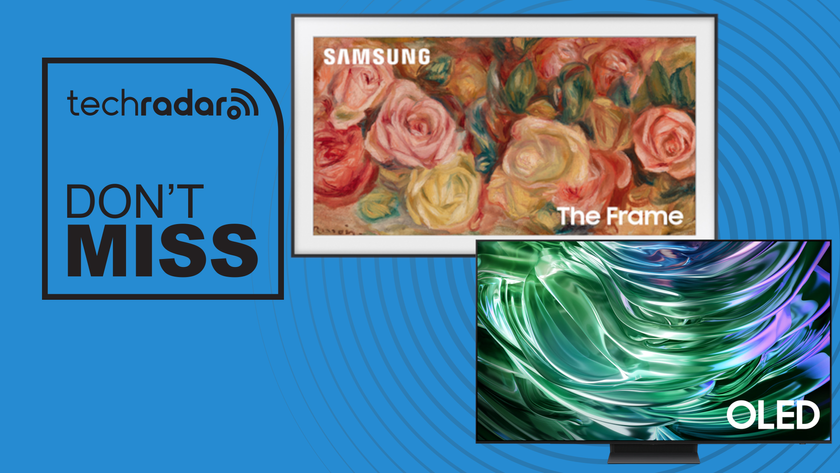How Stray developer BlueTwelve landed on its feet with a phenomenon
The cat’s whiskers
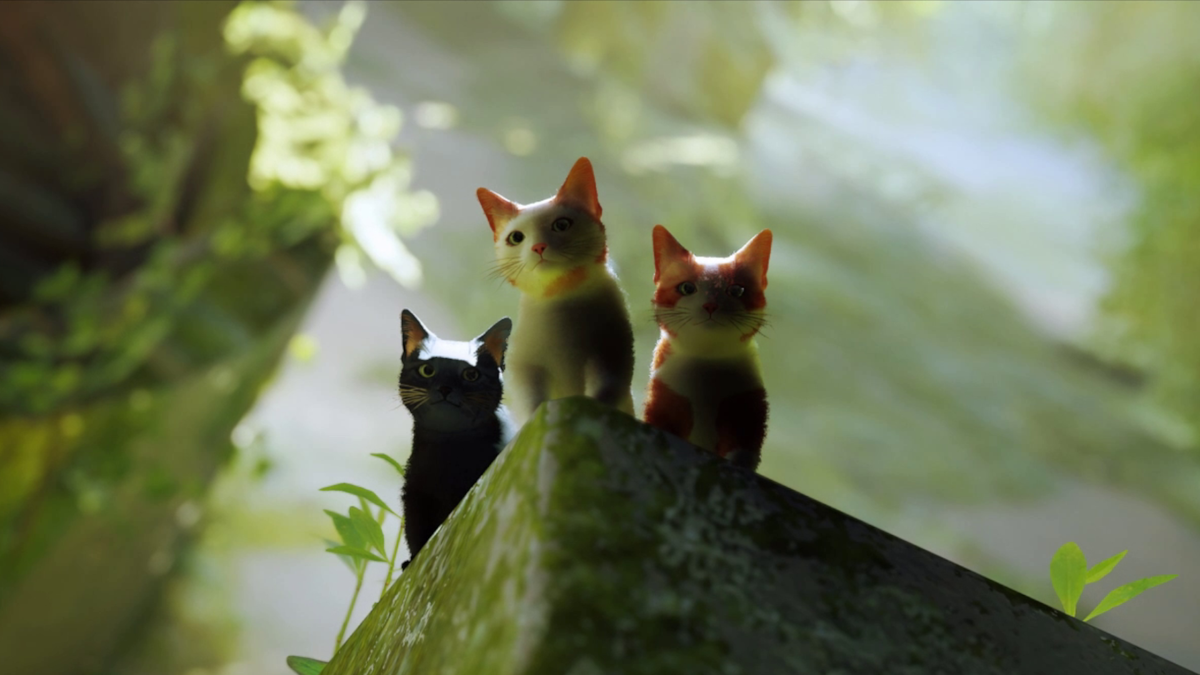
When video game makers and virtual worldbuilders consider this moment in history, the era’s defining slogan might realistically be: “see the world through the eyes of a cat”. But what is it about Stray and the notion of controlling its feline star that has proved so captivating?
The internet was, of course, essentially invented for cat photos and videos and it seems only fitting that a tsunami of Stray memes, mods and associated content for the game, ultimately, bring about its downfall. But there’s something special, strangely other, and notably uncanny about navigating this unnamed ginger tabby through the latest dystopic cyberpunk landscape – part Kowloon Walled City, part Blade Runner – to appear on consoles.
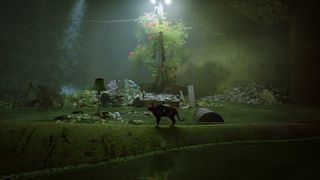
Stray was seven years in the making and created by a team based in Montpellier, France. Producer, Swann Martin-Raget, says that by far the biggest obstacle during this time came in delivering a believable, tangible version of a cat to screens.
In a platformer, you have to measure the depth of a jump, you always have misses and close calls. This is definitely not the fantasy we have of how a cat moves around
“It's so important and a choice we made extremely early in the project to move away from the classic platforming challenge,” says Martin-Raget. “In platform games, when you have to measure the size and depth of a jump, you always have misses and close calls. This is definitely not the fantasy we have of how a cat moves around.”
Paws for thought

Cats, as we all know, are very precise. “Obviously, there are tons of videos of them failing but in general they are such subtle and agile animals,” says Martin-Raget. “We really wanted to have this feeling of freedom – but precision too, and agility – to make it super smooth and enjoyable to play. We came up with this compromise where all the jumps are going to work and you cannot fall in the game, while still having the entire freedom of feeling like a cat. That was a very early intention of the project and it was challenging to make but we think the fantasy of the cat is respected.”
The compact team at BlueTwelve Studio seem to live and breathe cats. Martin-Raget estimates that 80% of the people working on Stray have them as pets and there are two – Oscar and Jun – inhabiting their workplace virtually 24/7. Observing the style and nuances of cat behavior has been fundamental to the game’s credibility and authenticity.
We say jokingly that cats are fluid and that's very close to the reality
“We say jokingly that cats are fluid and that's very close to the reality,” says Martin-Raget. “It really looks like they don't have a skeleton and there is so much flexibility. All the details are important: the subtle movement of the tail, the ears, the whiskers, the eyes. Everything plays a part.”
Get daily insight, inspiration and deals in your inbox
Sign up for breaking news, reviews, opinion, top tech deals, and more.
As cat owners, the Stray team are acutely aware of what feels ‘right’. “We do develop an eye to instantly catch any animation that is off or a sound that’s a bit weird because we are living among cats and have them in the office,” says Martin-Raget. “Being really immersed in the lives of those animals was extremely important while trying to make a normal cat. It doesn't have any superpowers. There's no double jump. Trying to aim for that in the most precise manner was incredibly challenging.”
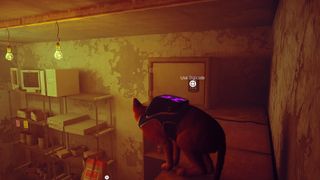
Like Robert DeNiro prepping for Raging Bull or Jeremy Strong for Succession, Stray’s cat animator Miko took it upon himself to get under the fur of his creation. “He collected tons of references,” says Martin-Raget. “At one point, Miko said he was probably the most knowledgeable person around when it came to YouTube cat videos. He got really deep into the character.”
Feline fiction
Martin-Raget is keen to emphasize that no motion capture technology was used in the process of making Stray. Instead, Miko relied entirely on more traditional keyframe techniques. While this allowed complete freedom to imagine how the animal would act – and also sidestepped the surely impossible task of using a clapperboard to direct a cat – it presented additional problems to solve. “We have very specific situations in the game that obviously no cat would ever do,” says Martin-Raget, “and had to extrapolate sometimes on our knowledge based on their behavior in certain [other] situations.”
Playing as a cat that so convincingly replicates its real-world counterpart is hypnotic and compelling – but it’s not immediately obvious why. What is it about the idea of becoming another species that fascinates us?
The last century of wider culture is populated by comparable examples, where the opportunity to experience life through very different eyes has been depicted. Metamorphosis by Franz Kafka, Roald Dahl’s The Witches, and Will Self’s Great Apes are books that find humans becoming insects, mice, and monkeys respectively. In cinema, the horror genre has been a notable exponent of some grotesque, blackly humorous transformations – as in The Fly, and American Werewolf In London. Meanwhile, animated films such as Studio Ghibli’s Spirited Away, and Pixar’s recent Turning Red highlight the otherworldly, often perturbing consequences that accompany such a change.
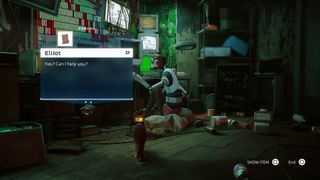
But video games present something none of these can offer: the agency to control rather than observe what happens when we transform from man to beast. While Konami’s 1981 Frogger rather lacked the elasticated thrill suggested by its premise, within a decade the human obsession with dolphins had inspired Ecco the Dolphin, a hit series on the Sega Mega Drive. More recently, games like Shelter, Goat Simulator and Untitled Goose Game have offered vehicles for audiences to take a more – or less – serious approach to the experience of inhabiting an animal body.
Untapped potential
In a recent edition of her newsletter, Pushing Buttons, gaming writer Keza MacDonald sought to frame what these opportunities bring to virtual spaces. “Animals have long been used as symbolism in literature and cinema, often representing the wild and untamed, the paradoxical innocence and danger of nature,” she wrote. “There’s untapped potential here in games, where animals are more often antagonists to be killed or trophies to be hunted.”
MacDonald suggested that “playing a game from the perspective of an animal is a totally different way to interact with game worlds”. And they can be utterly different from each other: take an irascible, honking and hilarious goose, compared to BlueTwelve’s questing, sometimes languorous and lazy cat. These distinct personalities lend themselves to brand new kinds of mechanics.
“The project started long ago and at that time we basically had no references to work with in terms of gameplay,” says Martin-Raget. “In some ways, it was like a R&D project. We had to explore, especially with the controls, how it felt to play a cat and how the animation worked.”
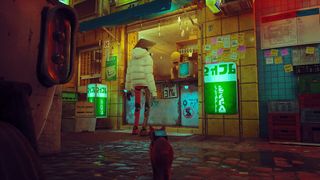
Nailing down the basic movements took months in itself. “It was definitely the hardest feature to add to the game and we’ve been tweaking endlessly subtle animations and jumps,” says Martin-Raget, “trying to have a good compromise between animations that look real and are believable but also are smooth and enjoyable.”
The adoring public response has been “surreal” and “unbelievable”. The studio has quickly become accustomed not only to the legions of actual cats mesmerized by Stray in action, but also owners developing mods to put their own pets in the game.
“It's really positive, especially seeing real cats and real animals reacting to the game,” says Martin-Raget. “That is a very strange feeling. It happened in the studio with the office cats during development as we started to add sounds or specific animations. It was a very important moment because it confirmed we were going in the right direction.”


